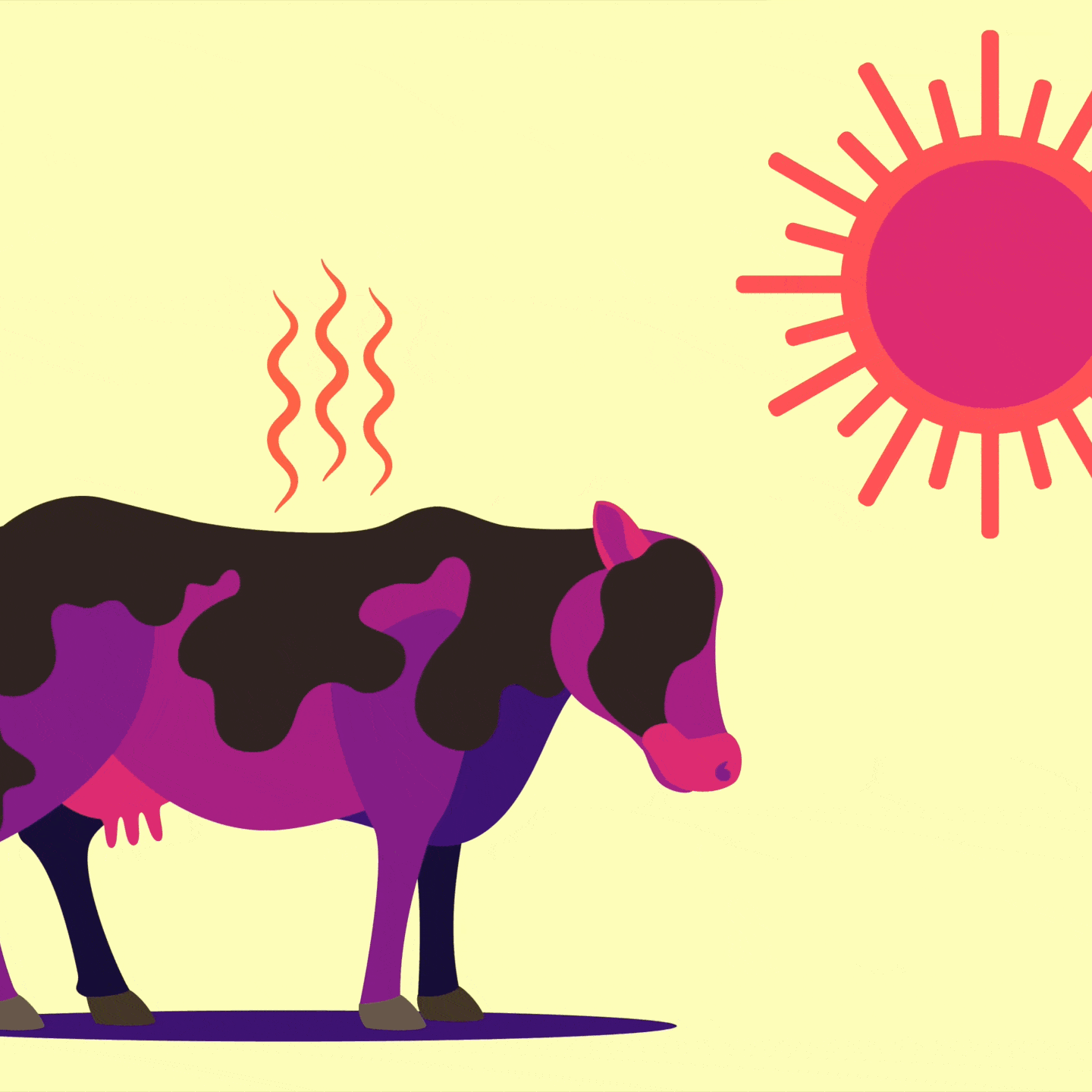It’s getting hot out here.
Earlier this month, at least 10 cities in Arkansas, Colorado, Oklahoma, and Texas broke high-temperature records, some by as much as six degrees Fahrenheit. Last week, Texas officials asked residents and businesses to conserve electricity during the hottest times of the day to help avoid overwhelming the grid, as temperatures climbed above 100 degrees Fahrenheit, reaching 113 degrees in Somerville, a small town about an hour’s drive northwest of Houston.
Significant parts of England and Wales were under the United Kingdom's first-ever extreme heat warning, and temperatures in London climbed above 100 degrees. The United Kingdom was briefly one of the hottest places on earth, reaching temperatures more commonly seen in the Western Sahara and the Caribbean. Temperatures in Portugal and Spain soared to triple digits as wildfires ripped through both countries. The heat wave that has engulfed Western Europe could last for weeks; meteorologists say it could be the worst Europe has seen since 1757.
China, too, issued alerts to residents of nearly 70 cities as temperatures rose to 104 degrees Fahrenheit last week. According to a state news agency, Shanghai has only experienced temperatures greater than 104 degrees Fahrenheit on 15 days since 1873. Last month was the warmest June on record in 60 years. Roofs have melted and roads have buckled in the heat.
And this is all happening nearly simultaneously—the new normal, brought on by global warming.
In this series, the Bulletin peers into our overheated future: First, meteorologist John Morales considers whether the heat index should be extended to accommodate hotter and hotter temperatures, and how cities are coping with extreme heat. Then, contributing editor Dawn Stover reports on the rise of global air conditioning, which is both an adaptation and contributor to climate change. Matthew Huber, a professor in the Department of Earth, Atmospheric, and Planetary Sciences at Purdue University, explains the threat extreme heat poses to livestock and wildlife. I will report on what heat does to the body, and how to stay safe when the mercury climbs. And finally, Carolyn Beans reports on the challenge that climate change and extreme heat poses to global agriculture.
– Jessica McKenzie
Associate Editor, Climate Change




